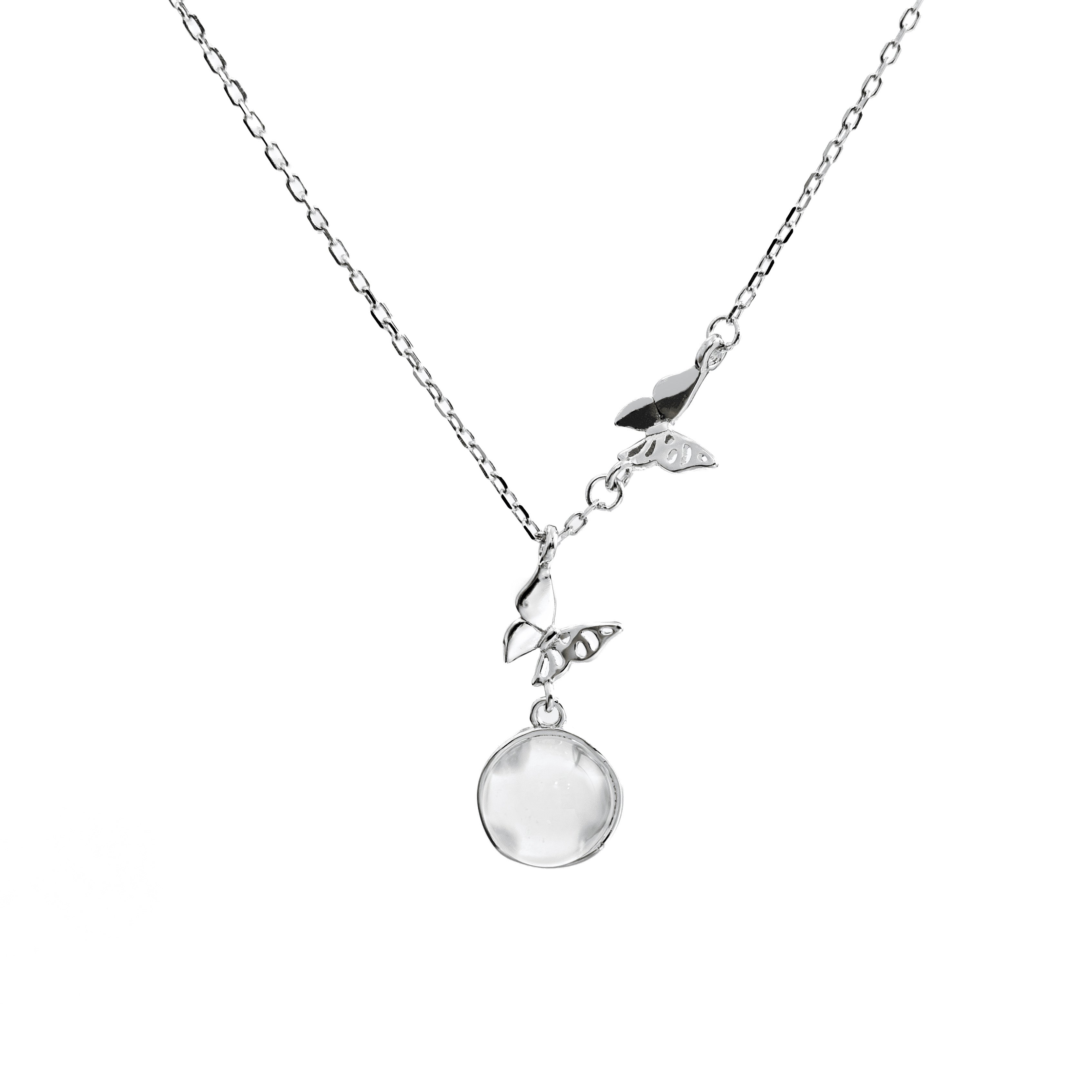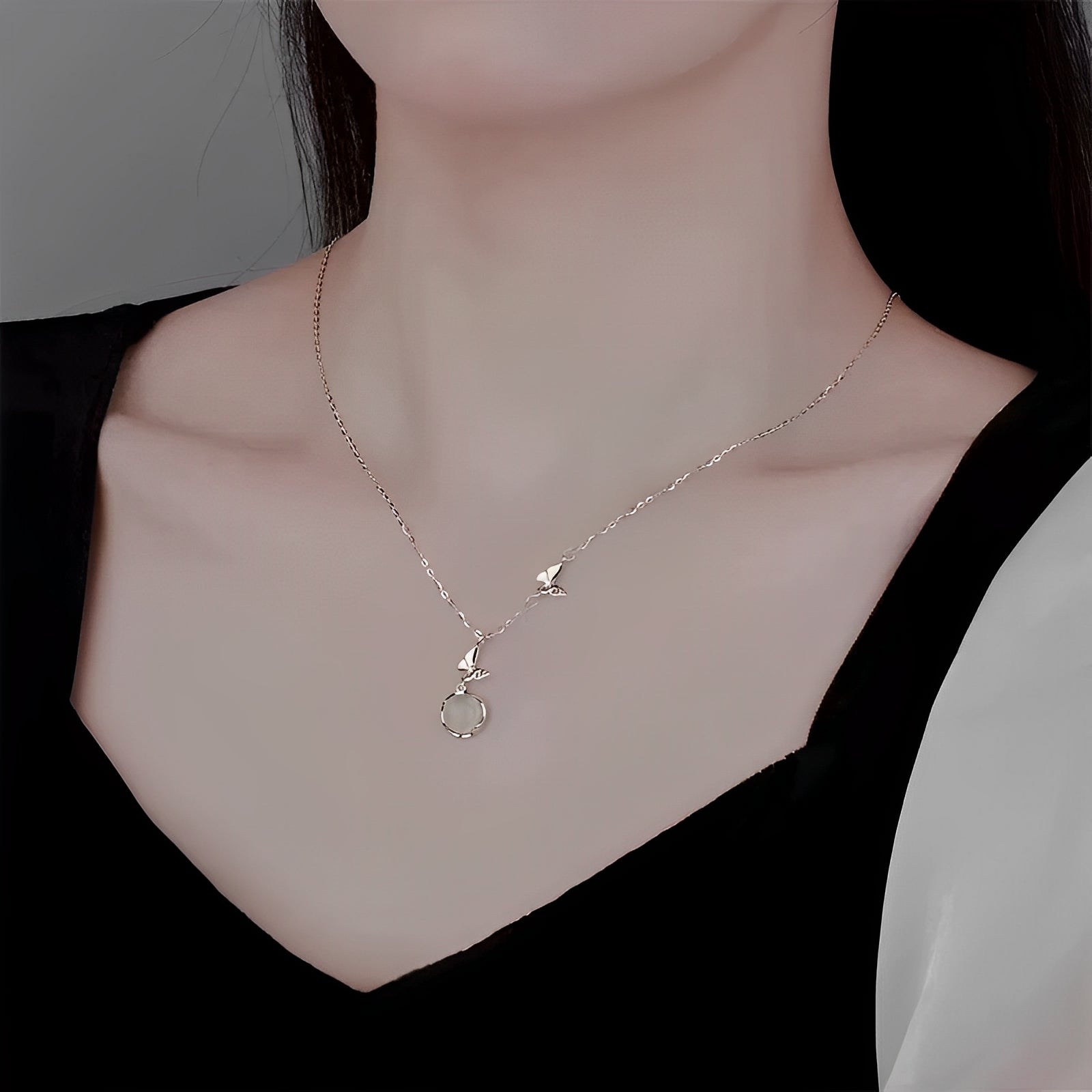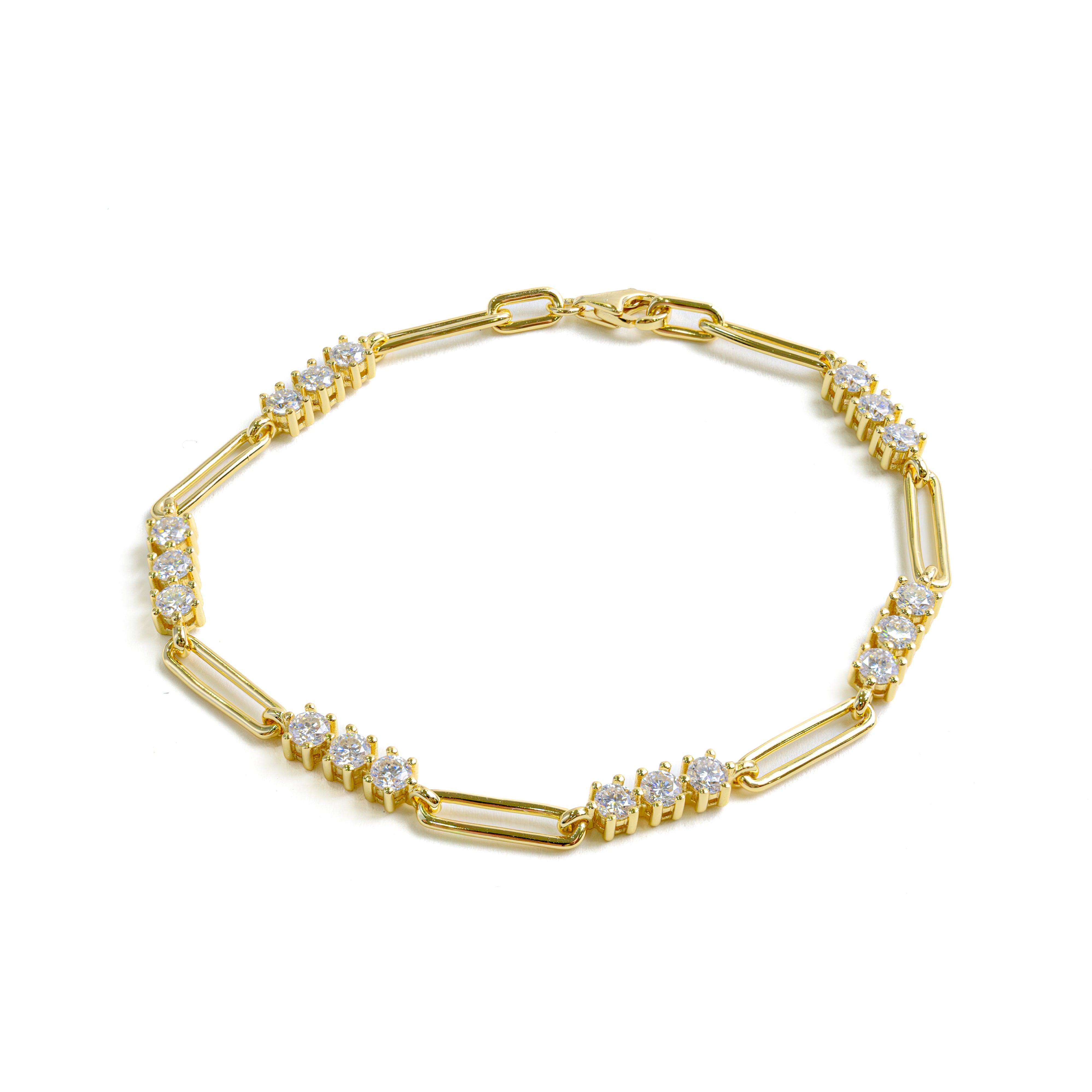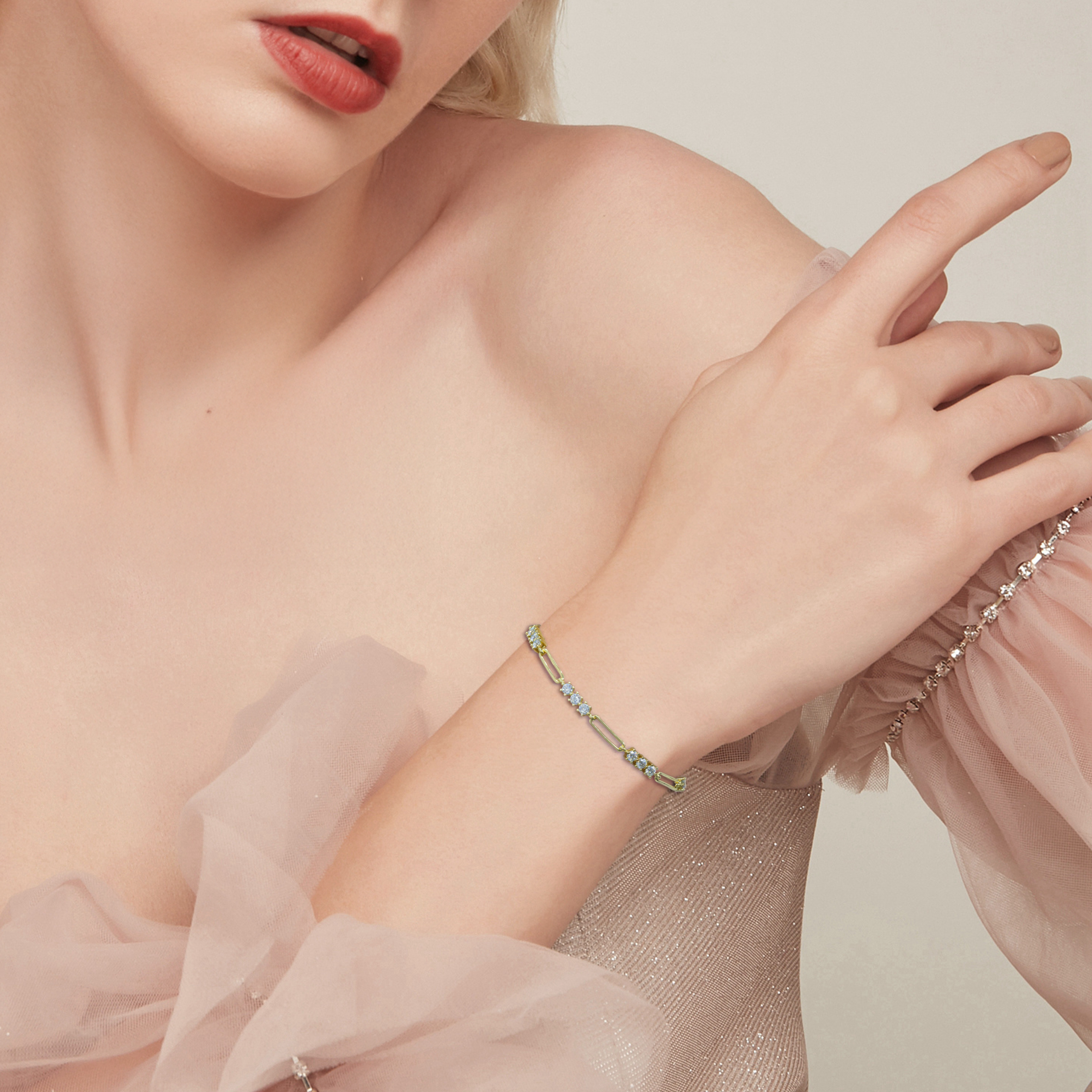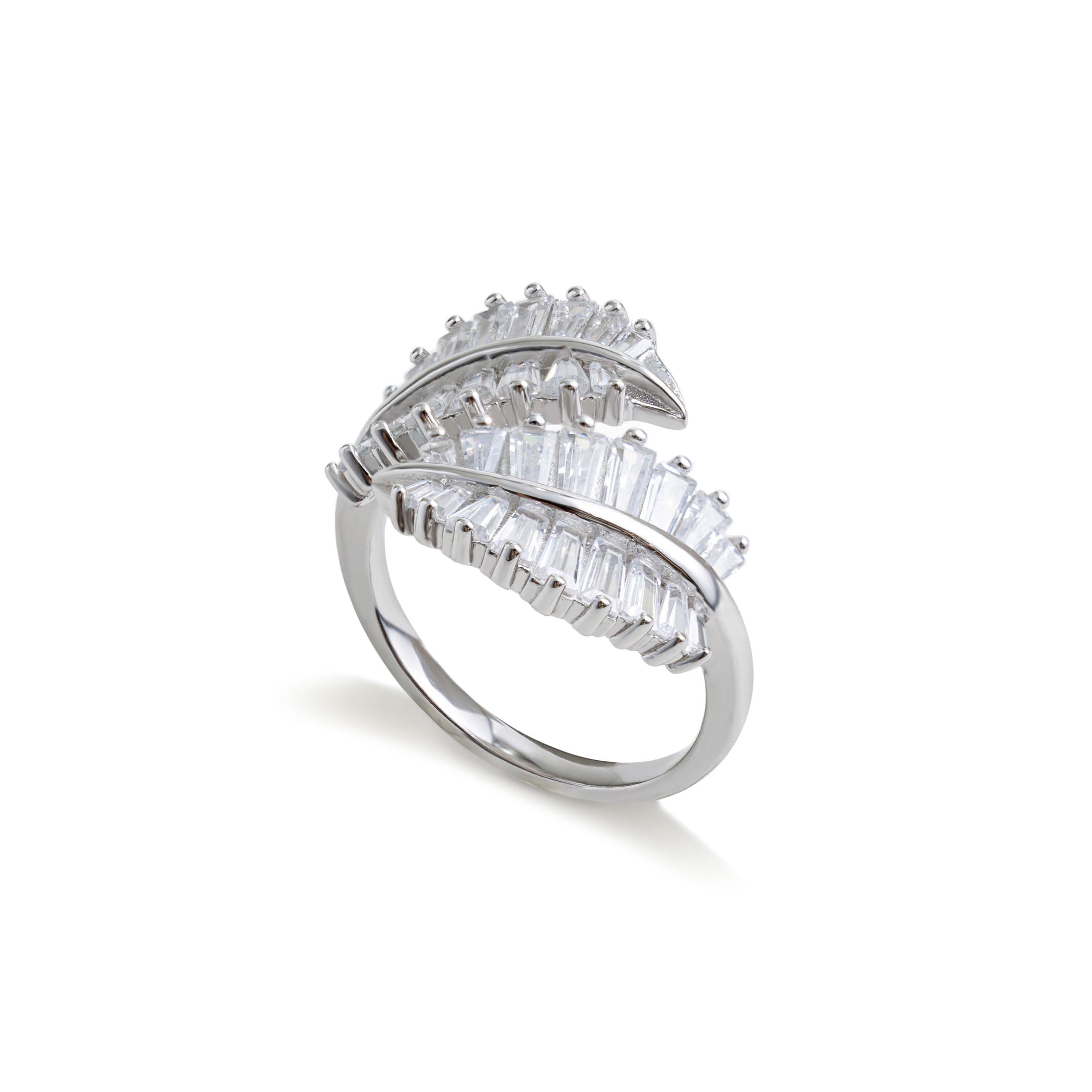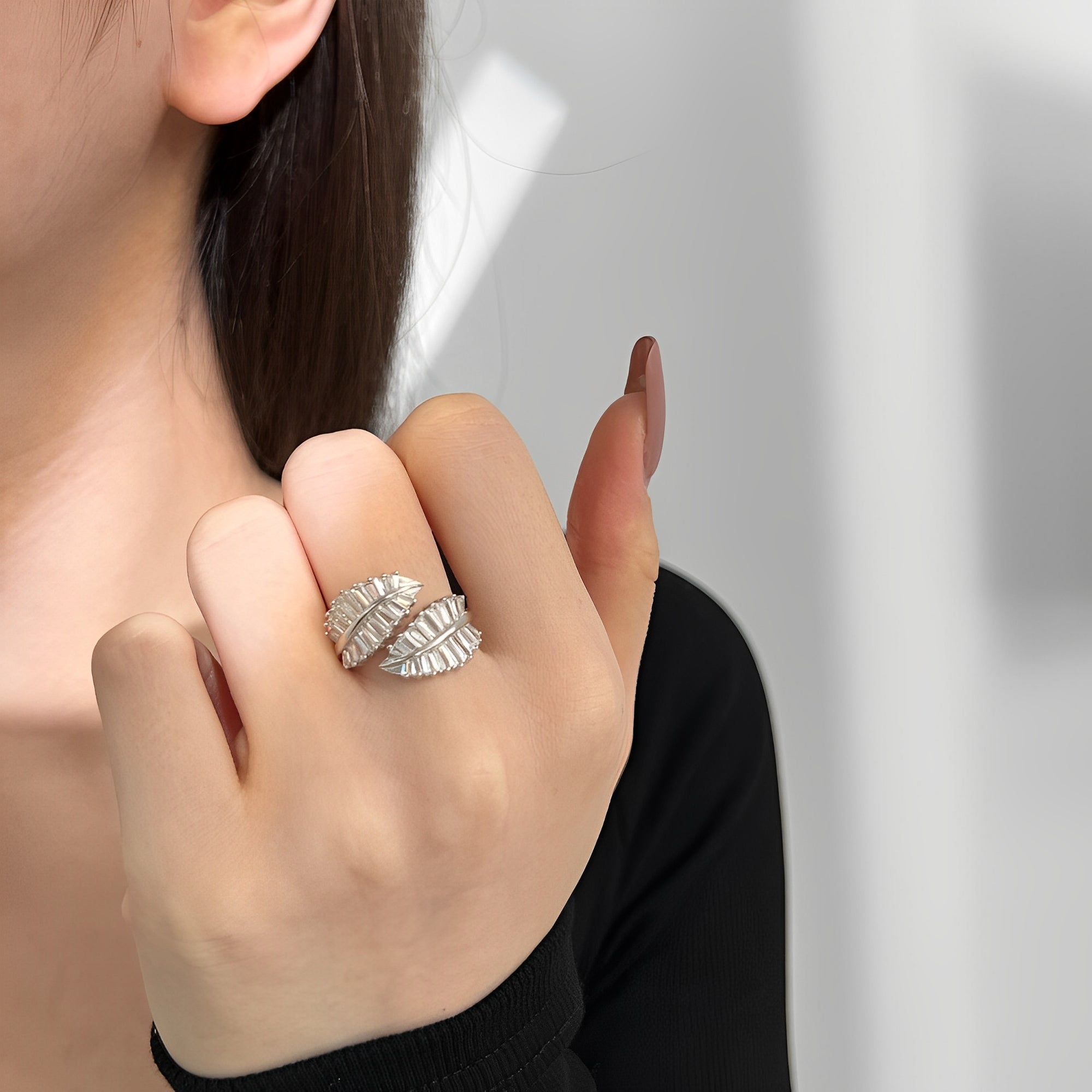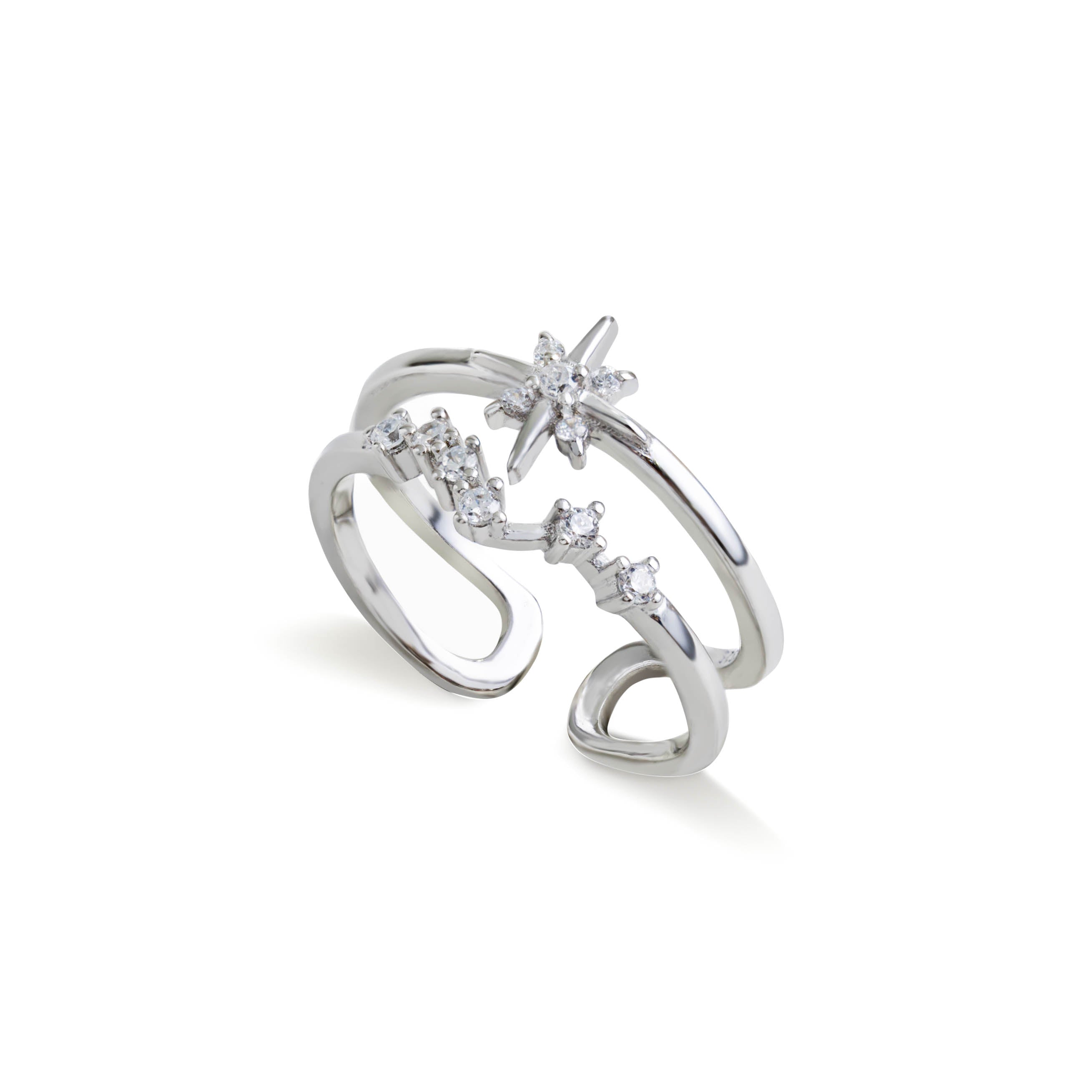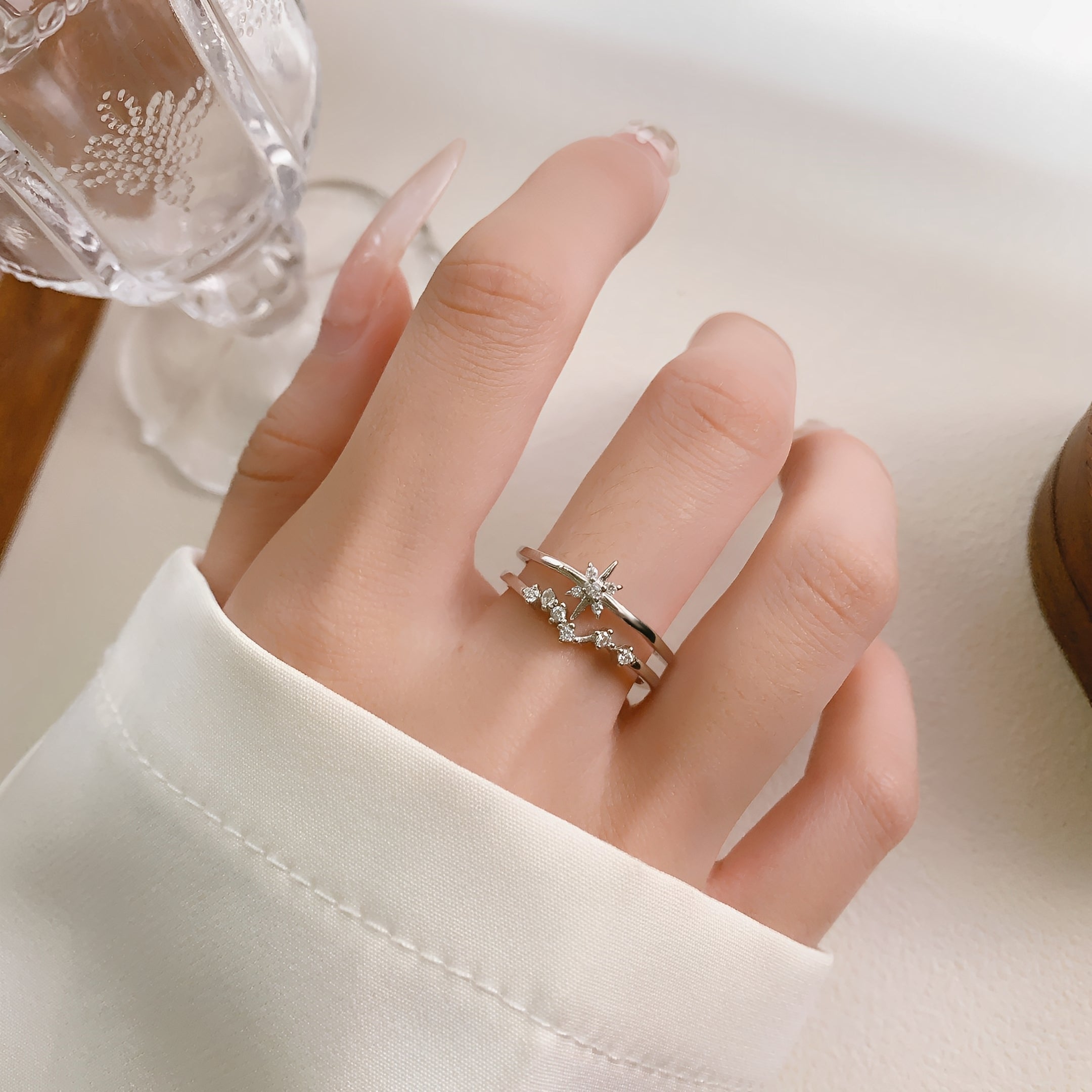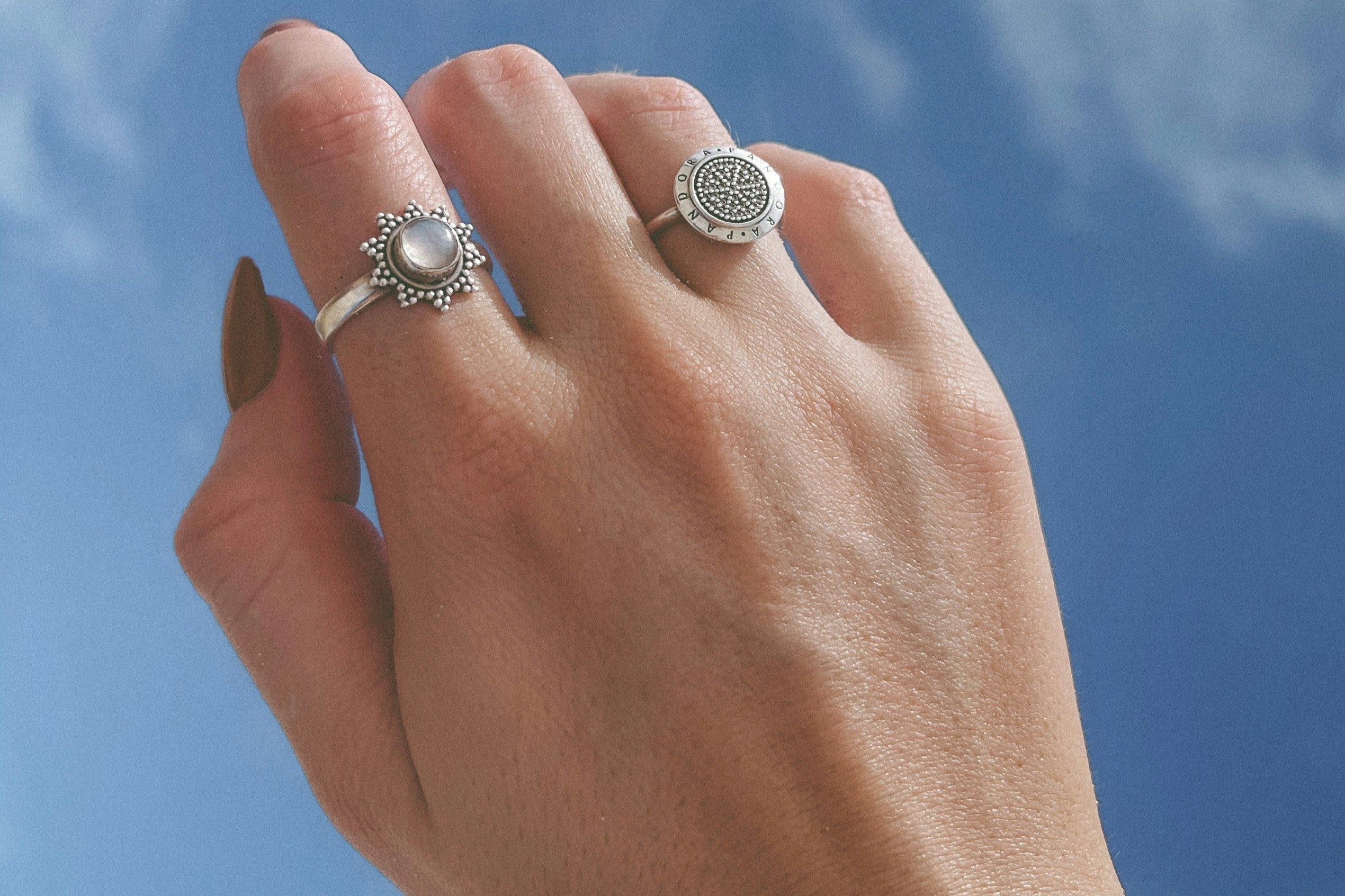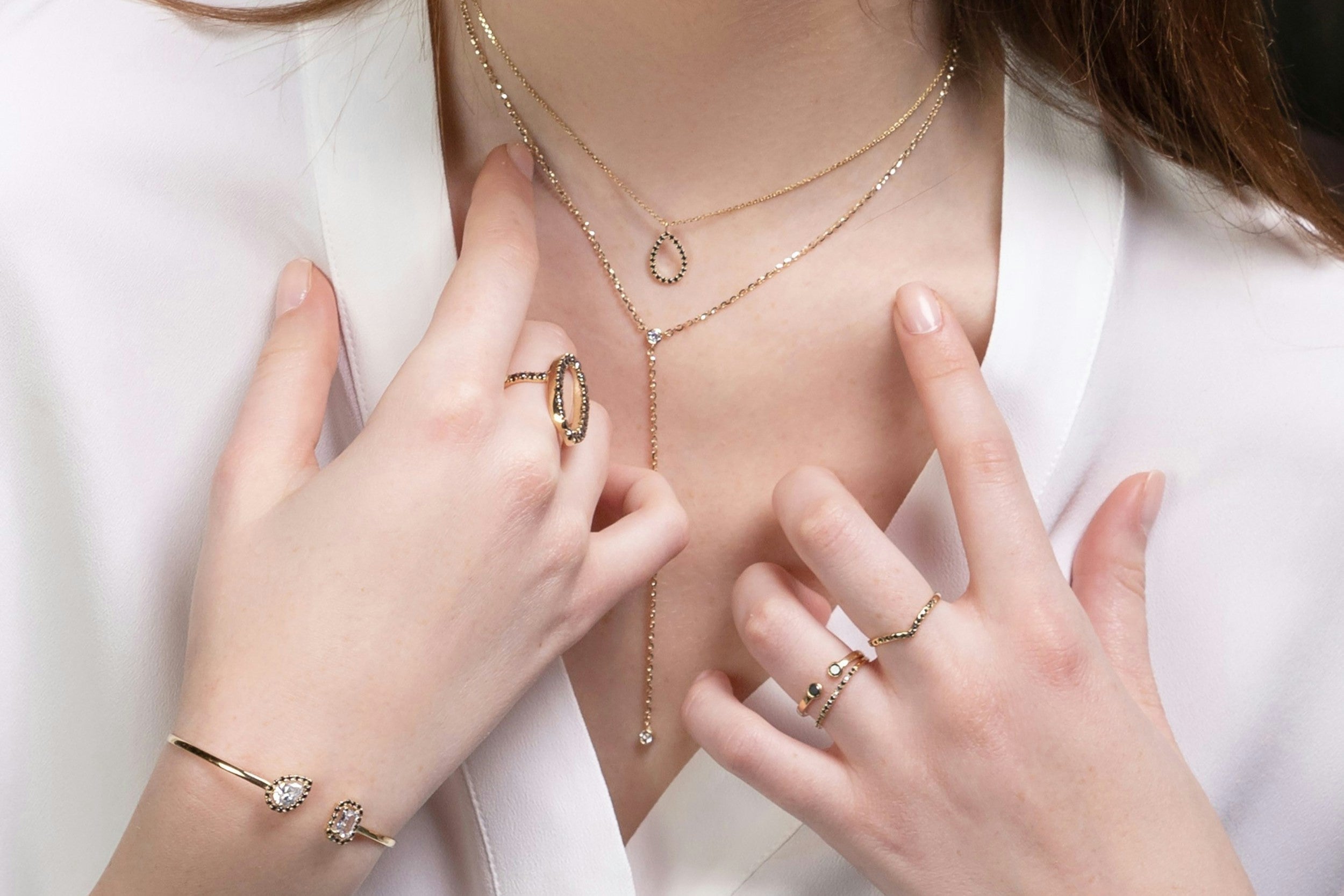Moissanite vs Diamond: What’s the Real Difference?
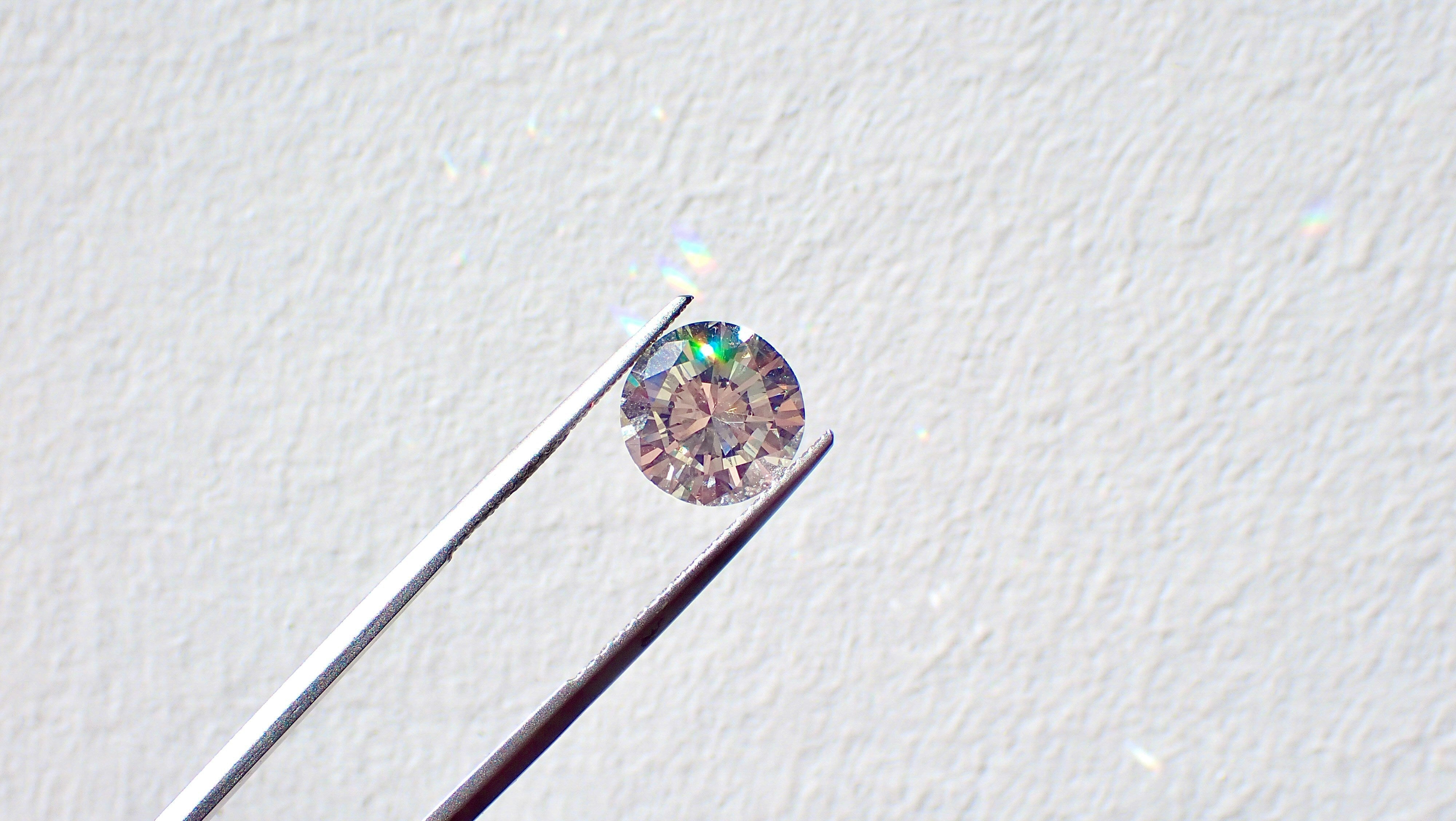
Jewelry is all about sparkle — and few gems shine brighter than diamonds and moissanite. At first glance, they look almost the same, but the story behind each one couldn’t be more different. One is nature’s rare miracle, the other is a modern marvel born from science.
In this blog, we’ll walk you through what sets them apart, and why moissanite is becoming a favorite for those who want everyday elegance without the diamond price tag.
The Origin of Moissanite🌠
The story of moissanite begins in the stars. In 1893, French scientist Henri Moissan discovered tiny sparkling crystals in a meteor crater in Arizona. At first, he thought he had found diamonds — the resemblance was that close. But after further study, it became clear that these crystals were something entirely new: a gemstone made of silicon carbide (SiC) rather than pure carbon like a diamond.
As romantic as it sounds to wear a gemstone that came from space, natural moissanite is so rare that it’s practically impossible to find in jewelry. That’s why every moissanite you see today is lab-created. The good news? Lab-grown moissanite captures all the beauty and brilliance of the natural stone, while being far more sustainable and affordable.
What Are Diamonds?💎
Diamonds are one of nature’s rarest treasures, made almost entirely of carbon. They are the hardest known natural substance (scoring a 10 on the Mohs scale) and are prized for their unmatched brilliance, clarity, and symbolism — especially as the traditional choice for engagement rings.
Most diamonds are colorless, but some take on beautiful hues depending on trace elements in their structure. For example, nitrogen can give diamonds a yellow tint, while boron can create stunning blue tones. This natural variety only adds to their mystique.
👉 With modern technology, however, diamonds are no longer only formed deep within the earth. Lab-grown diamonds have entered the market in recent years and are becoming more popular for their beauty, affordability, and ethical appeal.
Natural Diamonds
Natural diamonds are created over billions of years under intense heat and pressure, buried deep beneath the earth’s surface. Each one carries its own unique “fingerprint,” such as inclusions or growth marks, making every stone truly one of a kind. Their rarity and symbolism of eternity make them the ultimate gemstone for engagement rings and heirloom jewelry.
Lab-Grown Diamonds
Lab-grown diamonds, on the other hand, are formed in just a few weeks or months using advanced technology — either through High Pressure High Temperature (HPHT) or Chemical Vapor Deposition (CVD) methods. Chemically and physically, they are identical to natural diamonds, meaning they sparkle just the same.
The key difference lies in their origin and value perception. Lab-grown diamonds can be produced on demand, making them more affordable and more sustainable, without the environmental and human-rights concerns linked to traditional mining.
Moissanite vs Diamond: Side-by-Side⚜️
So, how do moissanite and diamonds compare? Here’s a quick breakdown to show their similarities and differences:

👉 As you can see, moissanite and diamonds look remarkably similar to the naked eye, but differ in price, brilliance, and symbolism. Choosing between them often comes down to your personal values and what matters most to you.
So, what exactly are hardness and refractive index, and why do they matter when choosing a gemstone? Let’s break it down.
💎 Hardness (Mohs Scale)
In the world of gemstones, hardness measures how resistant a stone is to scratches. This is ranked on the Mohs scale, which goes from 1 (very soft) to 10 (the hardest).
-
Diamond sits at the very top with a perfect 10, making it the hardest known natural substance. This is why diamonds are considered “forever” — they can withstand generations of wear.
-
Moissanite is right behind at 9.25. In practical terms, this is still incredibly durable and more than strong enough for everyday jewelry like rings or bracelets.
-
For comparison: sapphires and rubies (corundum) score 9, quartz (crystal) scores 7, and something as soft as gypsum scores just 2 — soft enough to be scratched with a fingernail.
This shows that moissanite is one of the toughest gemstones available, second only to diamonds, and perfectly suited for daily wear.

Photo from Pinterest
✨ Refractive Index (Sparkle & Fire)
A gemstone’s refractive index determines how much light it bends — in other words, how much it sparkles.
-
Diamonds have a refractive index of 2.42, giving them their classic, elegant brilliance that has captivated people for centuries.
-
Moissanite goes even further, with a refractive index of 2.65. This higher level means it produces more dramatic flashes of light, often with a rainbow-like fire that can outshine a diamond under certain lighting.
The key difference is in the character of the sparkle: diamonds offer a timeless, pure glow, while moissanite gives off a more vibrant, fiery display. Which one you prefer really comes down to personal taste.

Photo from Pinterest
🔍 Is Moissanite “Clearer” than Diamonds?
Because most moissanite on the market is grown in laboratories under controlled conditions, it typically has very few internal flaws or inclusions. This means you don’t need to stress over clarity grades or imperfections the way you often do with natural diamonds.
Diamonds, on the other hand, are formed in unpredictable natural environments, so their clarity can vary widely. Buyers often have to carefully weigh cut, clarity, and color when choosing a diamond — and the price rises significantly for stones with fewer inclusions.
This is one reason why moissanite often appears “purer” and more consistently brilliant than many natural diamonds.
🌙 Why Aurora Luna Chooses Moissanite
At Aurora Luna, many of our designs feature moissanite. For us, it’s the perfect balance: breathtaking sparkle, remarkable durability, and the kind of beauty you can confidently wear every day. It aligns perfectly with our philosophy of affordable luxury — jewelry that feels refined and elegant without being unattainable.
With moissanite, you don’t have to worry about clarity charts, inclusions, or complicated grading systems. Every stone shines with a clean, radiant brilliance, giving you effortless confidence. For those who appreciate style and quality but don’t want the weight of diamond pricing, moissanite is a brilliant choice.
✨ We believe jewelry shouldn’t only be a rare luxury kept in a box — it should be a part of your daily life, bringing light and joy to your everyday moments. Moissanite makes that possible: the sparkle of a diamond, paired with the ease and charm of modern elegance.


